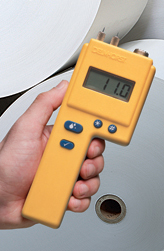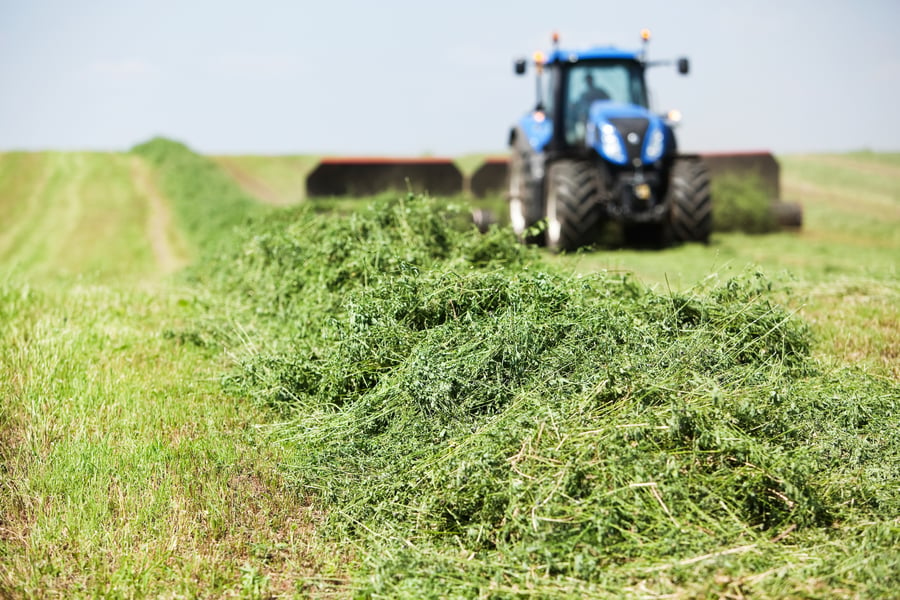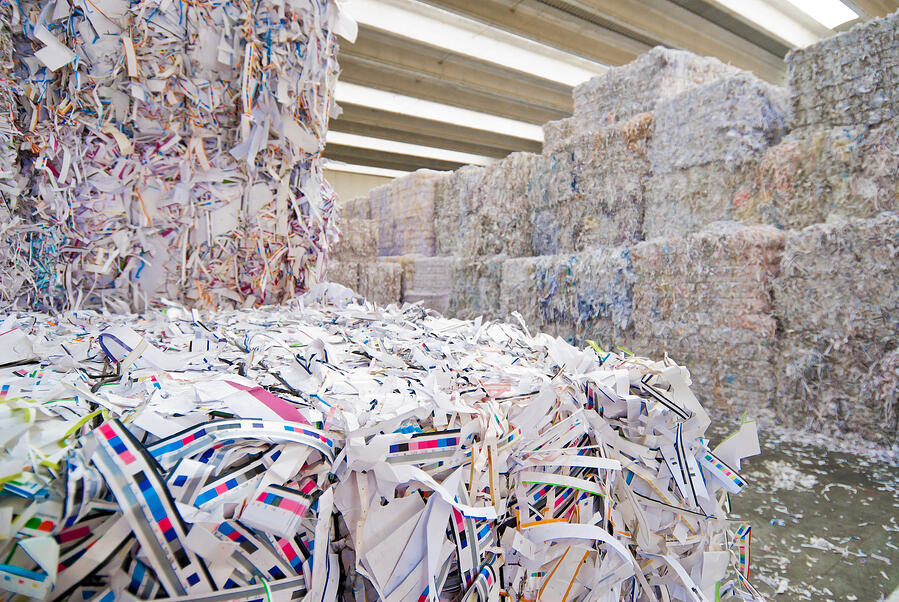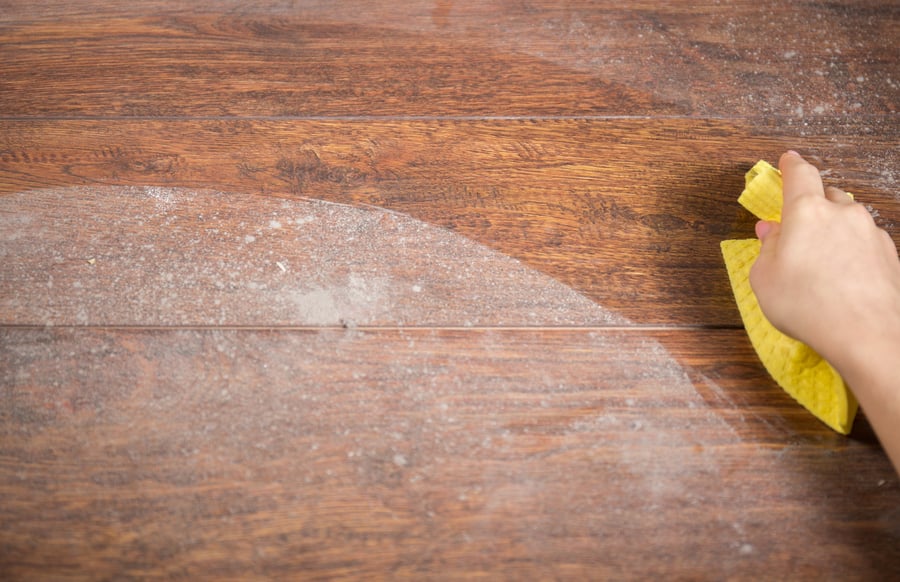Why Paper Producers Use Moisture Meters

 Around the globe, paper mills are working overtime to produce enough paper products to keep up with the demands of their clients. How much paper product is produced in a year? According to the World Wildlife Fund’s website, paper production exceeds “400 million tons a year.”
Around the globe, paper mills are working overtime to produce enough paper products to keep up with the demands of their clients. How much paper product is produced in a year? According to the World Wildlife Fund’s website, paper production exceeds “400 million tons a year.”
Now, not all of the paper products made are actually for writing. Paper products include a vast number of different things, including:
-
Writing paper
-
Cardboard tubes and boxes
-
Tissues
-
Disposable plates, cups, and bowls
Just to name a few.
Just like lumber manufacturers and contractors, paper producers have to carefully monitor the moisture content of their products at various points throughout the productions process.
Why?
To answer this question, let’s take a look at the paper production process.
Turning Wood to Fiber
Much of the paper that is used in the U.S. comes from recycled paper. As stated by tappi.org, “about 50% of the paper Americans use is recovered for recycling.” Much of the rest is made from wood fibers, but there are other sources of fiber for paper, such as linen, cotton, or even synthetic materials. Typically, non-wood fibers are used for specialty products, such as money.
When processing fresh wood into paper, the wood is first broken down into small chips. These chips are then separated by size and processed into pulp.
It is during the pulping phase that the individual wood fibers are separated from one another. The resulting pulp looks like a watery mash, but it is one in which each of the wood fibers have been separated.
From Fiber to Paper
The wood fibers are then extricated from the water so that they can be placed onto a large, sieve-like device called a wire, where the excess water still attached to the fibers can be drained away. This pulp may then be squeezed in press rollers, which helps compact the fibers together while pushing even more water out of the fibers.
After this, the fibers are ready for a pass through a heated drying process, which further compacts the fibers into a flat shape. More drying processes are applied to the paper until it is finally ready for spooling, where it will be ready for processing into the other products that consumers are familiar with.
Where do Moisture Meters Come in?
As anyone who has dropped a piece of paper into a puddle of water can tell you, moisture has a huge impact on paper products. While the pulp may start out as a watery, soupy mash, a certain amount of moisture needs to be removed at each step of the production process to ensure that the pulp is ready for the next step.
So, how can paper producers make sure that their paper pulp has been dried sufficiently during each phase of their paper-making process? By using a moisture meter that has been programmed for a paper scale, such as the P-2000, along with specialized electrodes for testing paper during different phases of the process.
 For example, the 12-E electrode features two rolling electrodes that allow it to read moisture in paper pulp on a moving web. Because the electrodes roll with the motion of the pulp web, they can take readings continuously without damaging the pulp and minimize the risk of the electrode getting stuck in moving machinery.
For example, the 12-E electrode features two rolling electrodes that allow it to read moisture in paper pulp on a moving web. Because the electrodes roll with the motion of the pulp web, they can take readings continuously without damaging the pulp and minimize the risk of the electrode getting stuck in moving machinery.
Other electrodes, such as the 43-E clamp electrode, can be used for checking moisture in finished paper products or thin sheet stock. Since the 43-E uses two smooth discs to compress a sample, it can be uses as a non-destructive method for testing paper products.
If moisture isn’t strictly controlled throughout the process of turning wood fibers into paper, the final product could be rendered useless, requiring paper producers to re-process entire loads of paper.
Learn more about how you can use moisture meters for paper production by contacting Delmhorst today!
Subscribe to Our Blog
Post Related

Mastering Hay Moisture Testing with Delmhorst's FX Range

